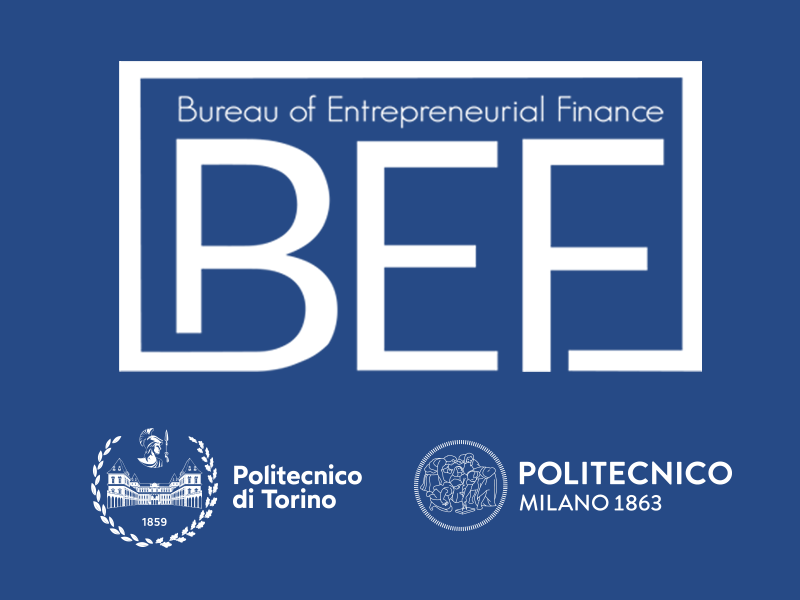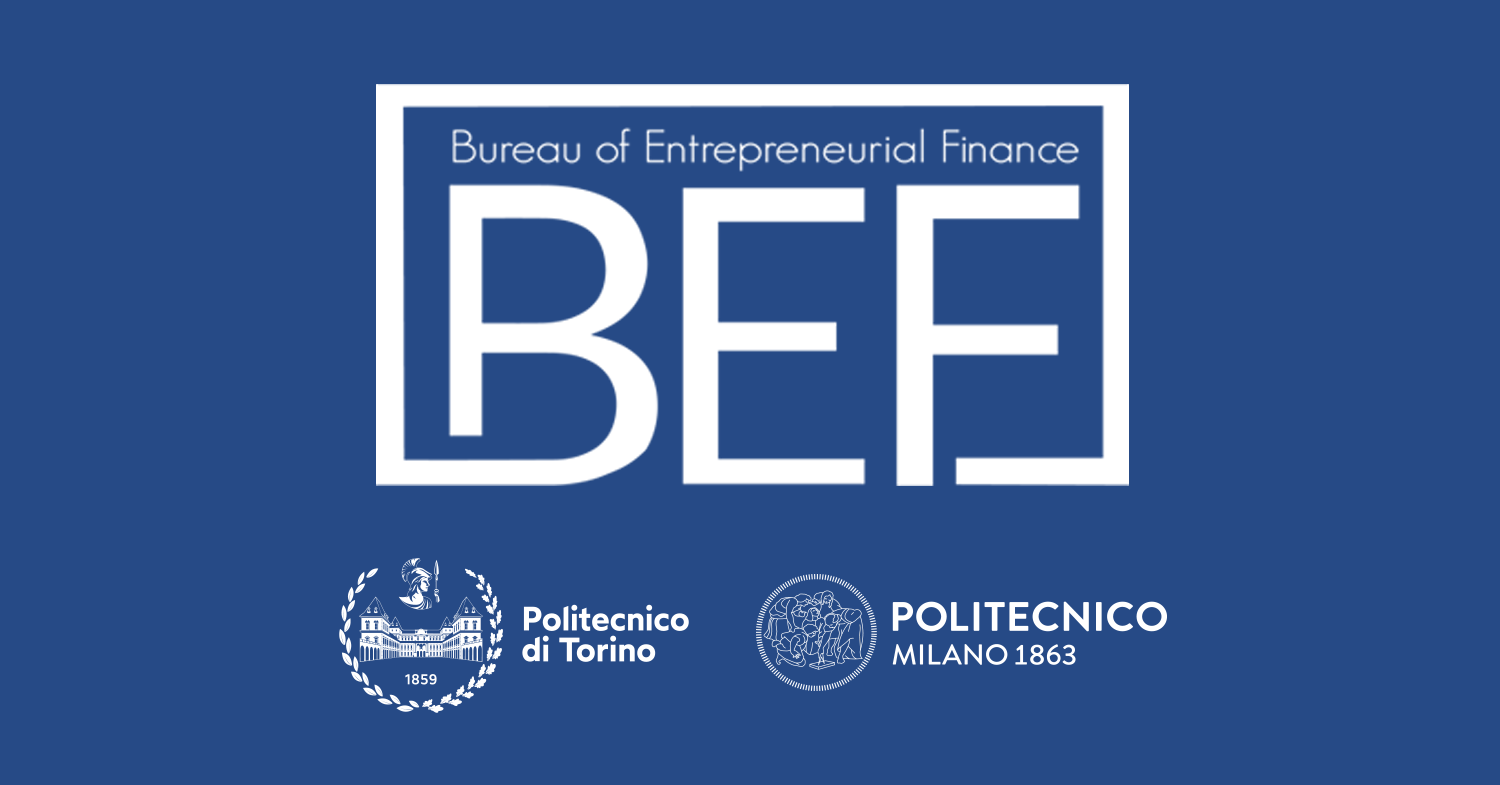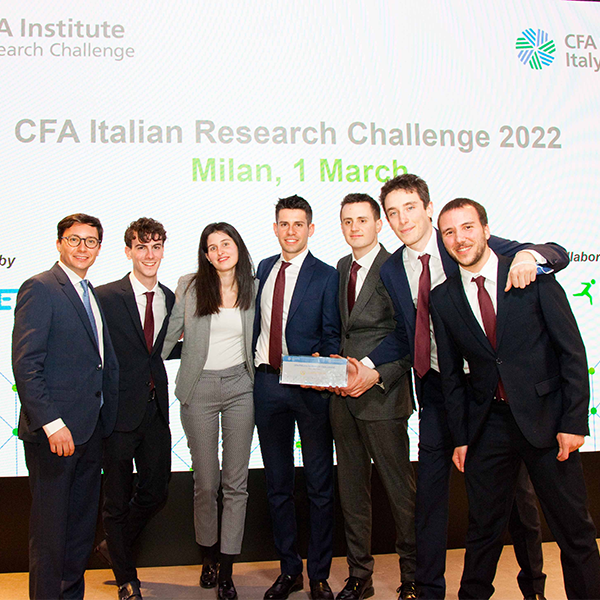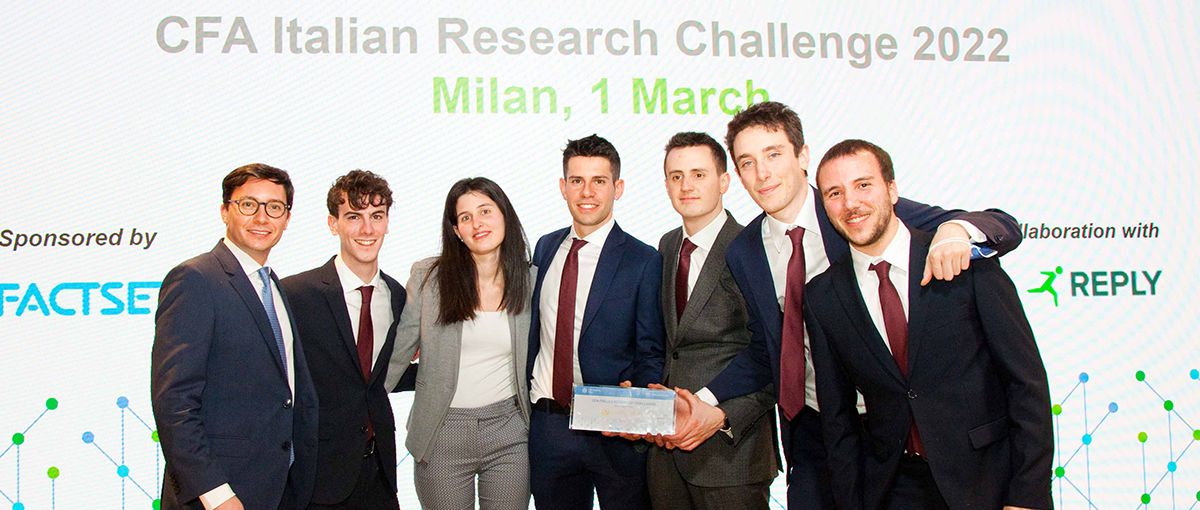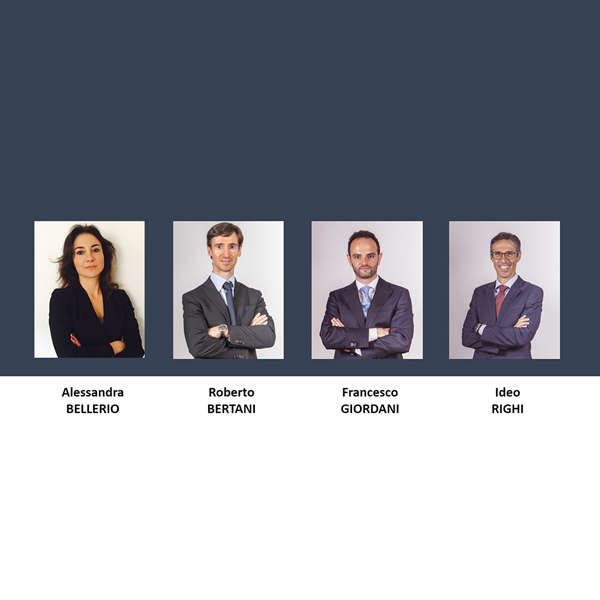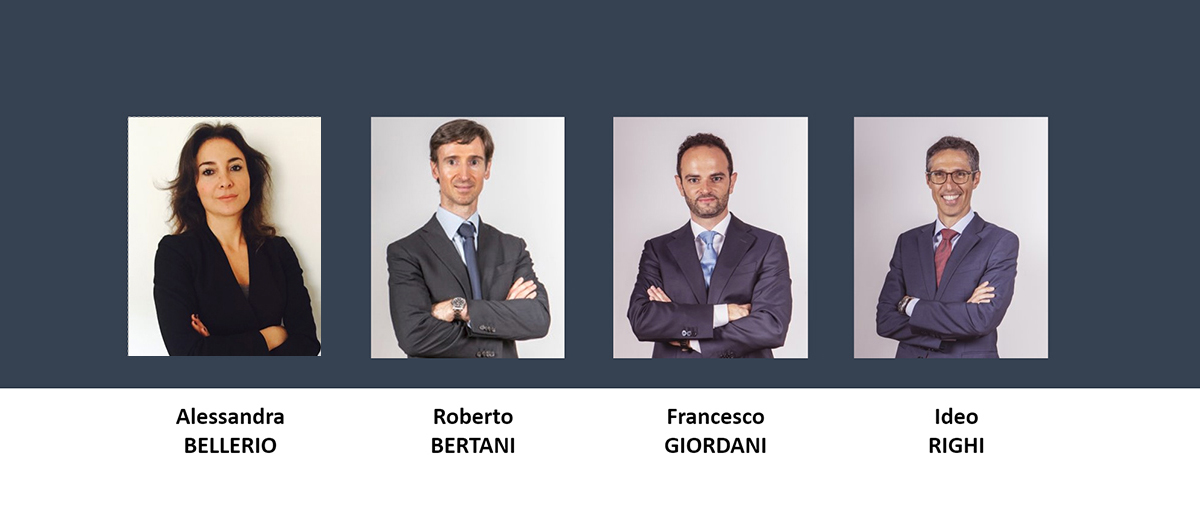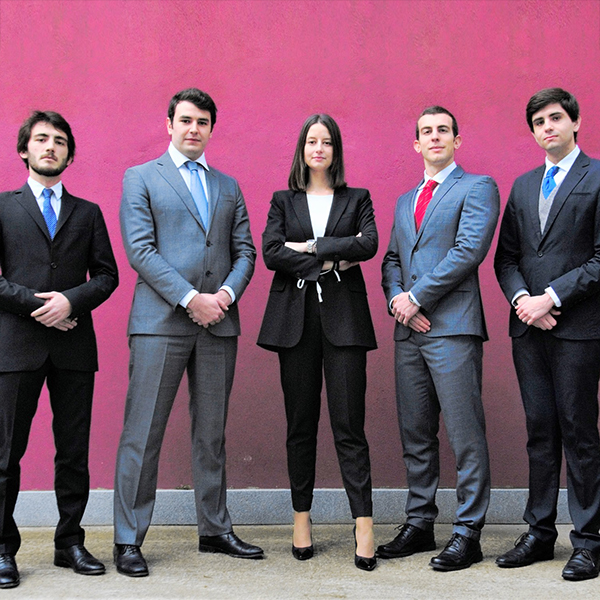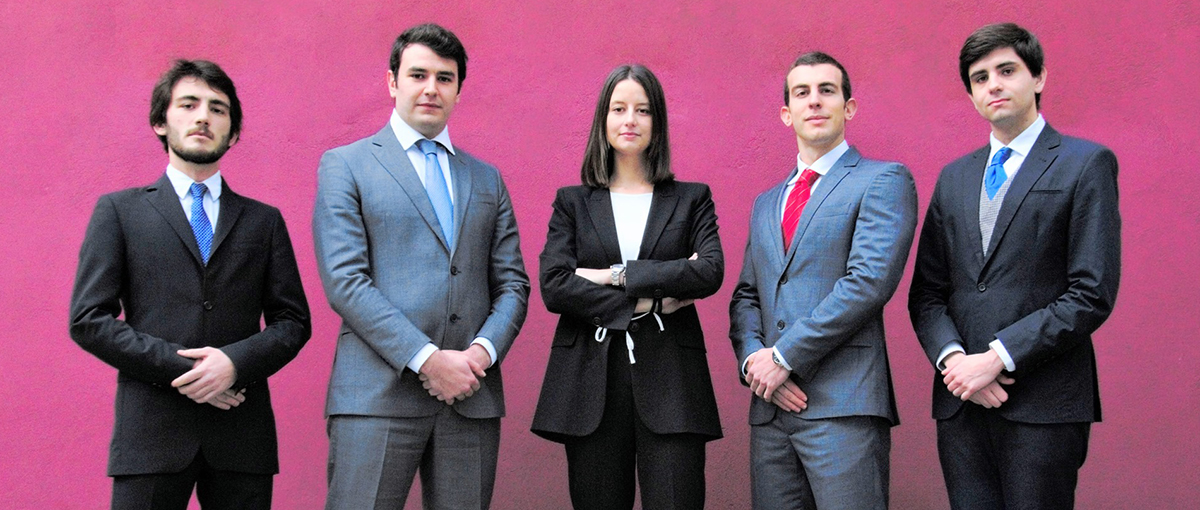
As sustainability and impact take on a primary role in the business agenda and amongst financial players, impact investing has been growing steadily, but still falls short of having a clear and structured character. A fluid situation that pays testament to its salience, but that may also hinder its future development.
Mario Calderini, Full Professor of Social Innovation School of Management, Politecnico di Milano
The term ‘Impact Investing’ was coined in 2007 by the Rockefeller Foundation. It can be defined as a class of investments in companies, organisations and funds with the intention of generating a social and environmental impact alongside a financial return. It sets itself apart from mainstream finance by including social returns in the investor’s expectations, and yet it diverges from philanthropy and grant-making because some financial return, or at least return of capital, is expected.
Nowadays, the global Impact Investing industry is still in its nascent stages. Nevertheless, according to the report published in 2019 by the Global Impact Investing Network, the size of the Impact Investing market is growing at an impressive pace: compared to 2018, the volume of capital invested grew by 13%, reaching a total of more than $514 billion. Indeed, considerable public and private capital has been and will be deployed to fund organisations with the mission of addressing social needs; in that sense, the projection for future developments is optimistic.
As a matter of fact, 2019 has been a very significant year for impact investing. The newly-central role of the sustainability agenda, together with many other signals coming from the very heart of the economic and financial system – including the now world-famous letter by Larry Fink, the CEO of Blackrock, or the manifesto of the American Business Roundtable, together with the resulting cover pages of many influential newspapers around the world, such as the Financial Times and the Economist – have officially established sustainability and impact as the new normal amongst financial players.
It is for this reason that the period from late spring 2018 to the summer of 2019 was defined as the golden year of sustainability and impact, to mark the fact that sustainability and impact are no longer lateral, marginal or side issues in the business agenda, but rather they have made their way to the very heart of it. Mainstream economic and financial players are increasingly positioning themselves as proactive forces in the search for solutions to the most pressing environmental and social challenges being faced today. Whilst many are heralding this as excellent news, some others, on a note of scepticism, warn of the possible opportunism and ambiguity that this phenomenon could bring with it. Whatever the interpretation, it is without a doubt that this could represent a very significant paradigm shift.
Strictly speaking, the perimeter of Impact Finance excludes the approaches generally defined as ESG or thematic approaches. Impact Investing is a radical approach to investing in solutions for a better future, and its radicality translates into placing the intentionality-measurability-additionality triad at the centre of the definition of impact investing. Such a radical definition is crucial to identifying generative finance as a counterpoint to extractive finance, a solution-first way of investing, supporting business models that are suitable for promoting concrete creative solutions to emergent social issues whilst also remaining economically sustainable, or even profitable.
Since 2016, Tiresia, the Research Centre for Impact Innovation, Entrepreneurship and Finance at the School of Management of the Politecnico di Milano, has been delivering its annual Impact Finance Outlook, offering a comprehensive overview of the Italian impact investing market.
The first Tiresia Impact Outlook, in 2016, concluded with the consideration that the impact investing sector, as strictly defined, was still in a fluid, experimental phase, uncoordinated and slowly transitioning towards a clearer, more structured configuration. A snapshot that was not entirely different from the international one at the time, in its full development.
Quite surprisingly, the results emerging from Tiresia Impact Outlook 2019 are not significantly different. According to a definition of impact investing based on the intentionality- measurability-additionality triad, the perimeter of the industry still remains relatively small, characterised by a group of consolidated pioneers. The assets under management that qualifies as ‘impact’ total nearly 700 billion, although when we apply an even stricter definition of impact investing, this figure is reduced to just over 200 billion. This represents a relatively very small amount of assets, if compared to the total assets that are now being labelled as ESG or sustainable investment. Nevertheless, this also reflects an interesting feature of the Italian market on the international scene, namely that it is characterised by a significant level of real attention to the aspects which generate social impact and value. We may describe it as a very meaningful niche, potentially able to act as a role model for the more broadly-defined sustainable finance industry currently undergoing a transformation.
Having said this, the ecosystem of impact investing in Italy shows some signs of vitality and innovation. Operators are trying to organise their activities in a more structured way, in terms of both fundraising and asset allocation. These operators face three main problems. The first is linked to the scarcity and weakness of investment opportunities, and subsequently deal flow. An overabundant provision of capital with respect to actual market opportunities is pushing equity investors to face up to reality in two fundamental ways. The first and most virtuous of these consists of providing strong and direct managerial support to invested companies. This translates into providing not only non-financial services, but also structured partnerships with accelerators and incubators, both public and private, in order to engage proactively in the establishment of a pipeline proportionate to the size of the actual impact assets under management. The second, more controversial approach consists of relaxing constraints in impact screening, including target companies that do not entirely comply with the impact triad as eligible investments.
The second obstacle is linked to exit strategies, which yet remain largely undefined due to the lack of organised markets where the value of impact projects can be adequately assessed.
Thirdly, Tiresia’s report demonstrates the lack of convergence and shared interpretation amongst investors regarding the qualifying elements of impact investing. There is no agreement on the notion of impact risk on impact metrics – which are far from being standardised -, on governance models needed to guarantee so-called ‘mission-lock’ and the balance between financial and social objectives, and finally, not even on the nature of the fiduciary duties involved in impact investing. As a consequence, this potential asset class is beset by severe classification problems, hampering the development of the industry.
As a final remark, although we collected several elements indicating a remarkable growth in impact investing for the next ten years, we believe that the tipping point for a genuine and radical impact industry is still a long way down the road. This is mainly due to the lack of attention from public policy makers, poor infrastructural conditions and the persistent lack of business models that are at once robust and genuinely oriented towards social impact objectives.






